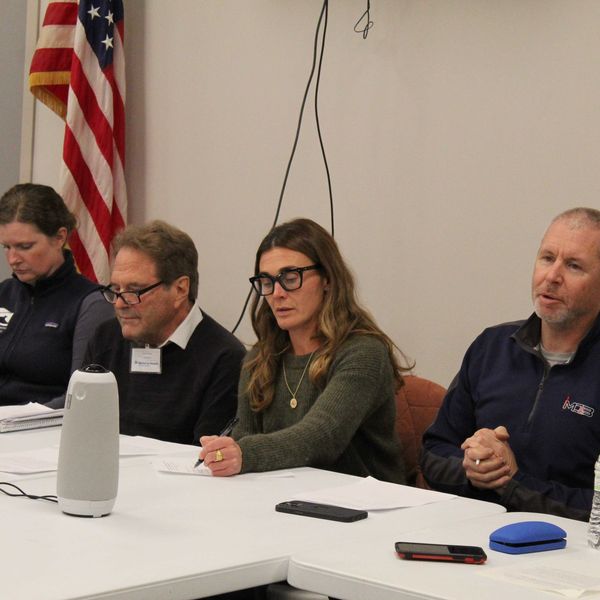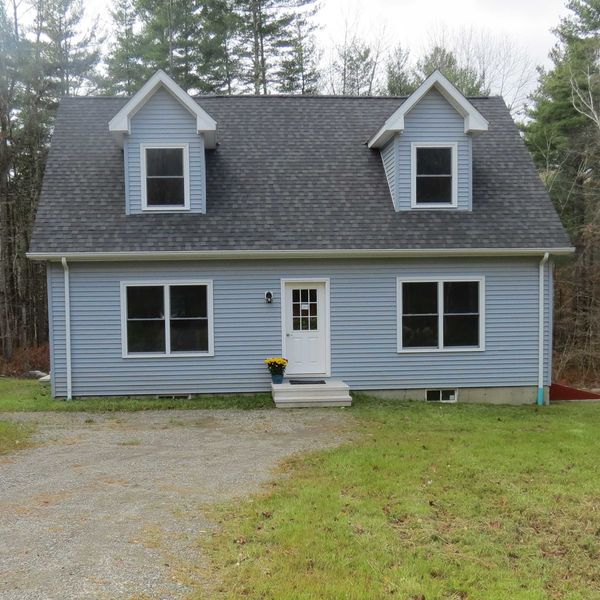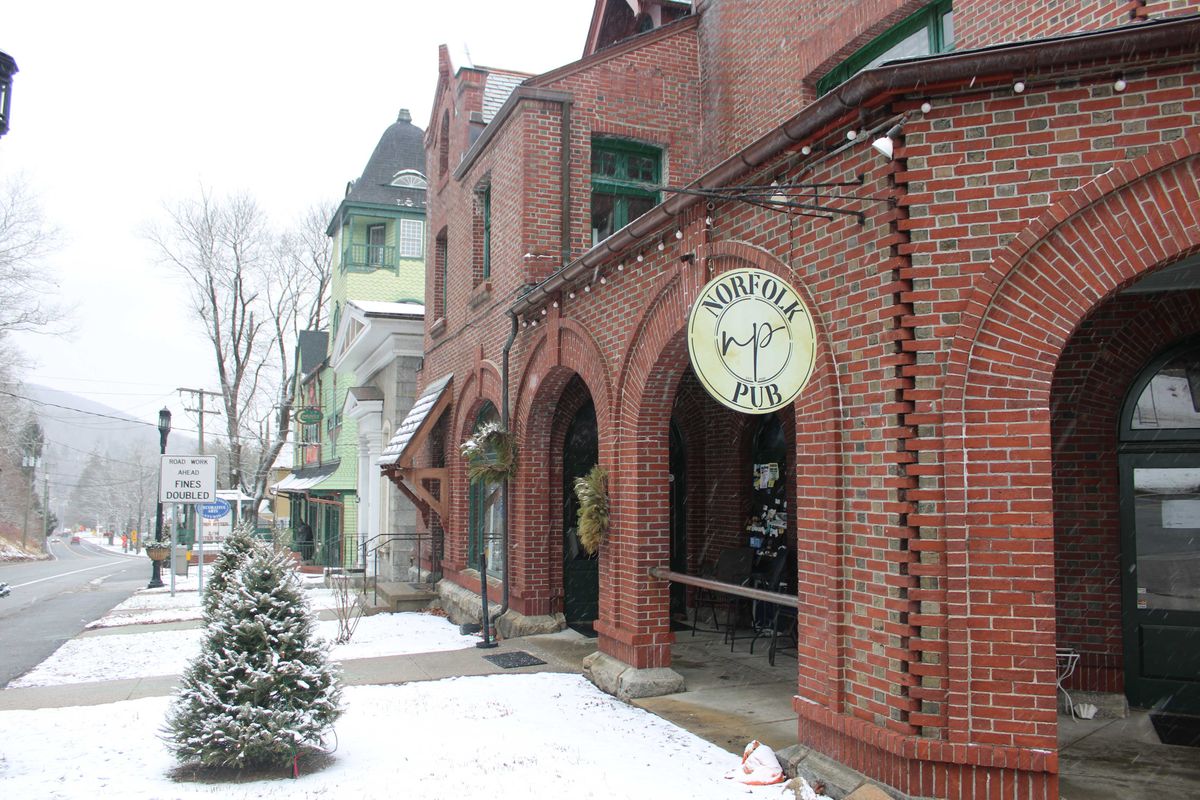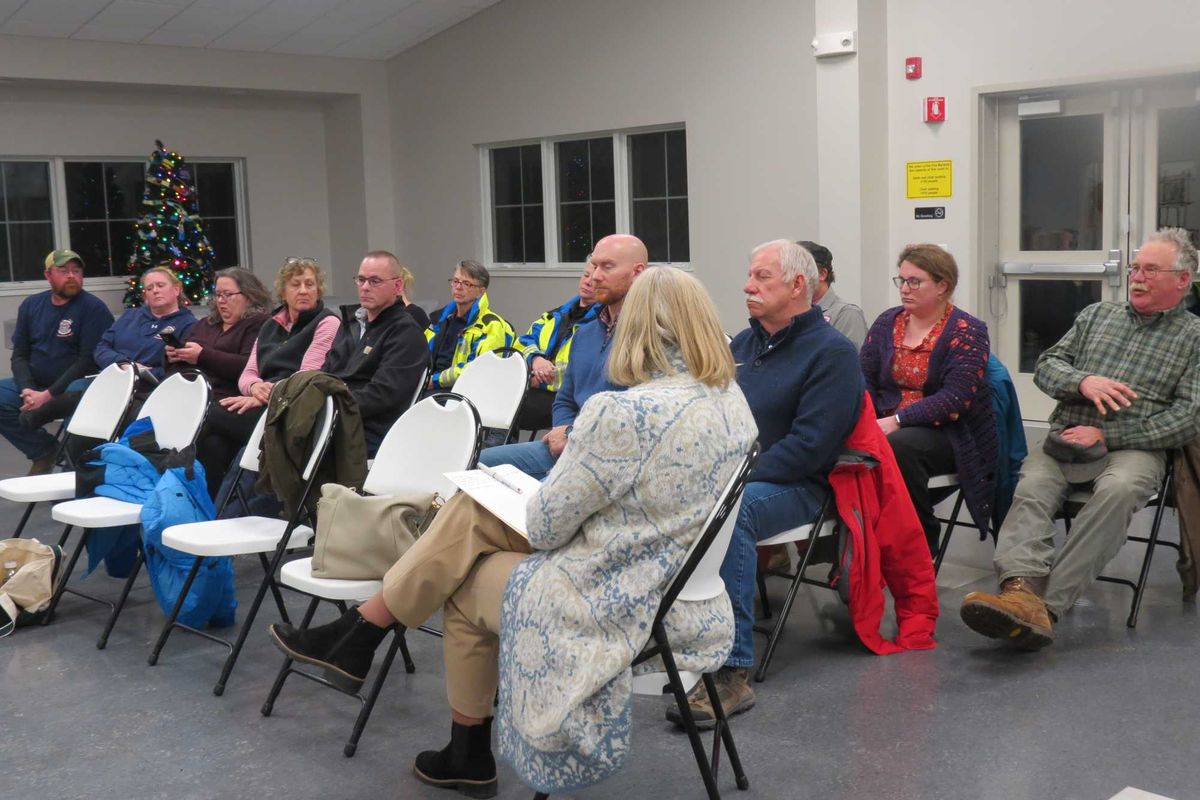Salisbury group seeks input, approval for access to proposed housing over town-owned Rail Trail

Peter Halle, co-president of the Salisbury Housing Committee, left, at the East Railroad Street site with donor Jim Dresser. Photo by Debra A. Aleksinas





 A notice posted on the door of the Norfolk Pub informs patrons that the establishment will accept cash only as it prepares to close at the end of the month. By Alec Linden
A notice posted on the door of the Norfolk Pub informs patrons that the establishment will accept cash only as it prepares to close at the end of the month. By Alec Linden 
 Belinde and Erick Garcia, of New Milford, are the parents of twins Gabriella and Isabella, who were the second and third babies born in Sharon Hospital in 2026. Their older siblings, Matthew, 6, and Melanie, 3, are pictured. Photo provided
Belinde and Erick Garcia, of New Milford, are the parents of twins Gabriella and Isabella, who were the second and third babies born in Sharon Hospital in 2026. Their older siblings, Matthew, 6, and Melanie, 3, are pictured. Photo provided 
 Nuvance/Northwell employees host a Jan. 5 meeting on emergency service providers. From left: Matt Cassavechia, Sharon Hospital director of emergency services; Christina McCulloch, Sharon Hospital president and CEO; Thomas Horkan, Sharon Hospital EMS coordinator; and Dr. Ron Santos, Sharon Hospital emergency room director.By Ruth Epstein
Nuvance/Northwell employees host a Jan. 5 meeting on emergency service providers. From left: Matt Cassavechia, Sharon Hospital director of emergency services; Christina McCulloch, Sharon Hospital president and CEO; Thomas Horkan, Sharon Hospital EMS coordinator; and Dr. Ron Santos, Sharon Hospital emergency room director.By Ruth Epstein 




